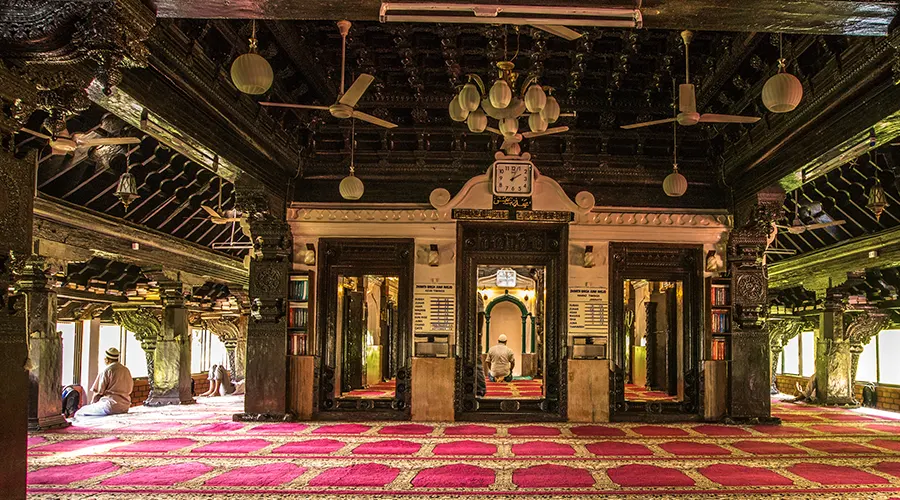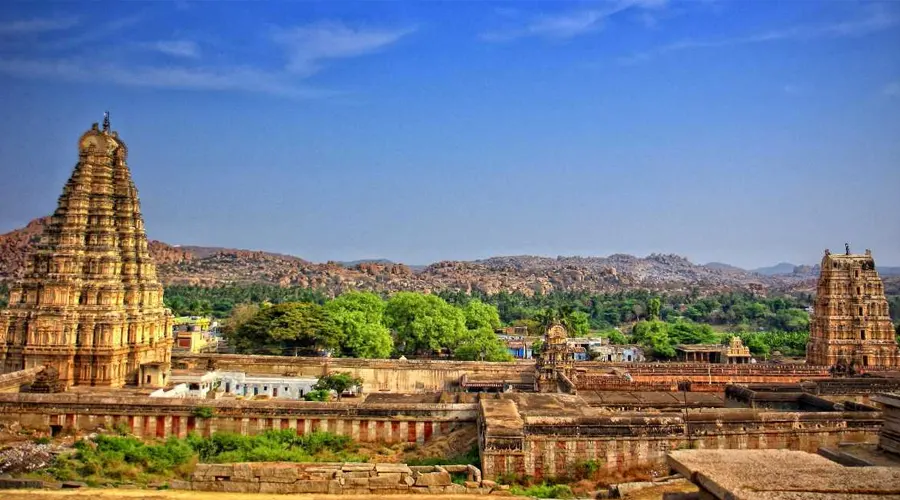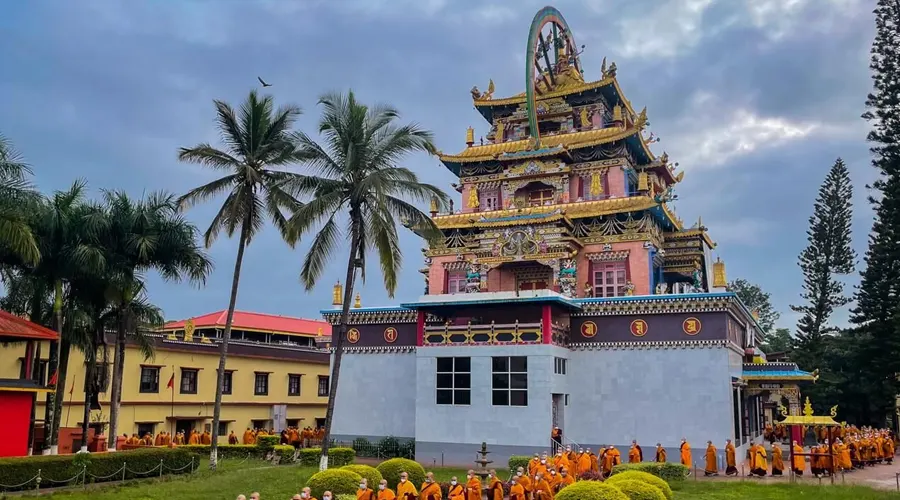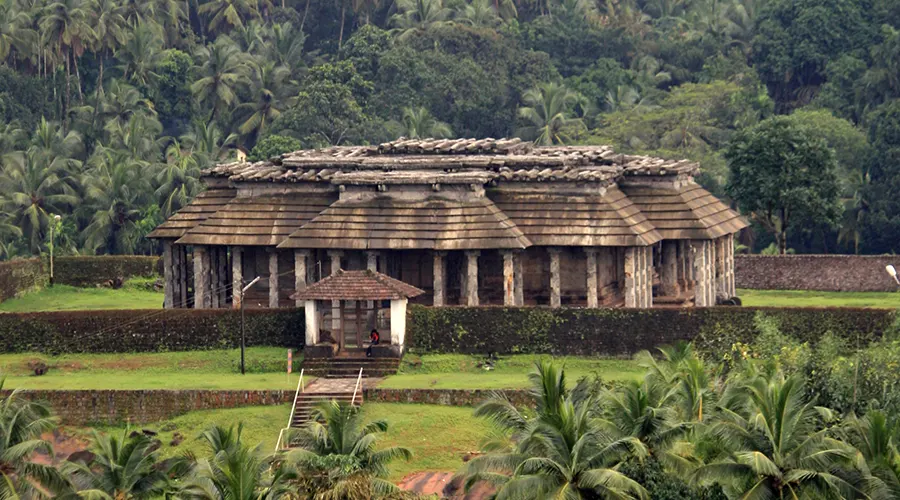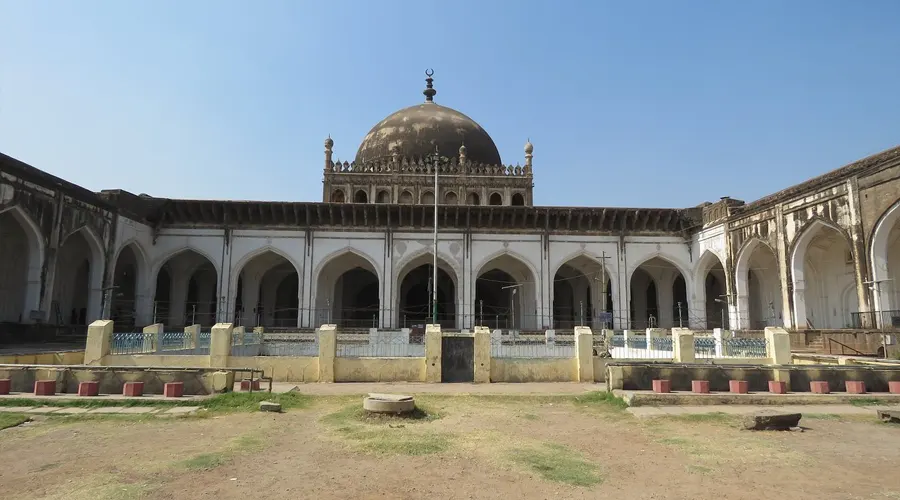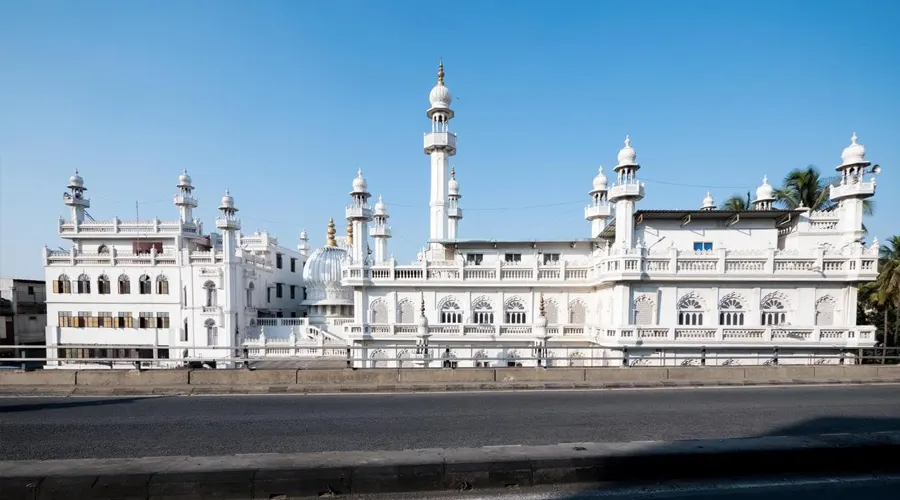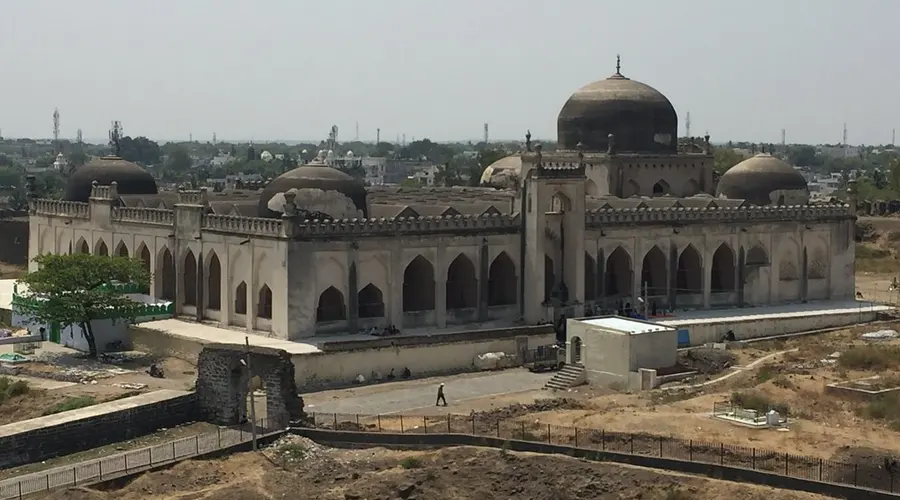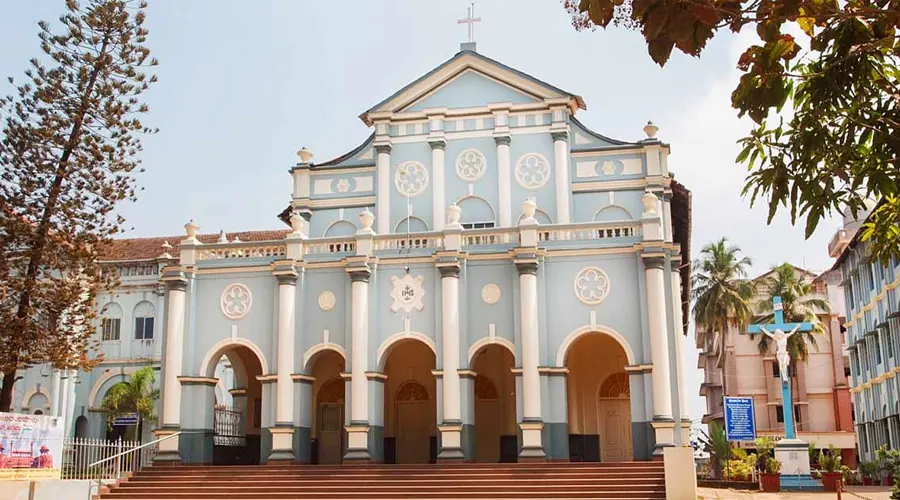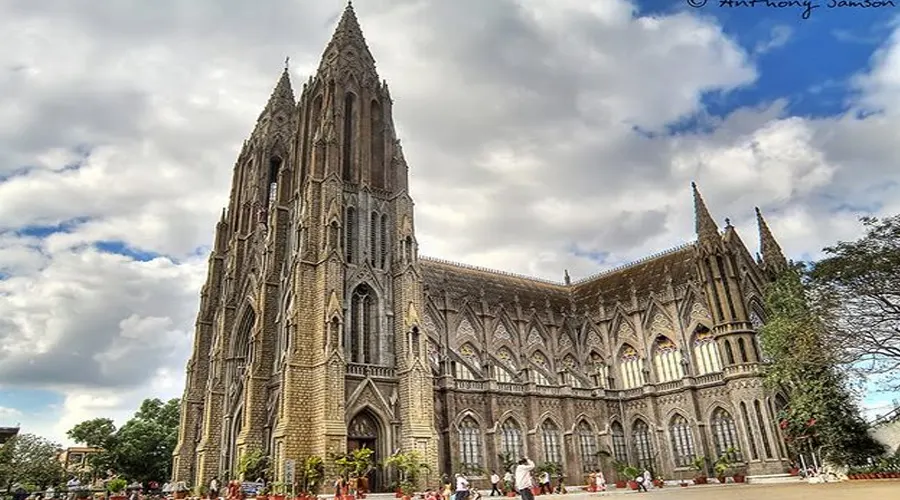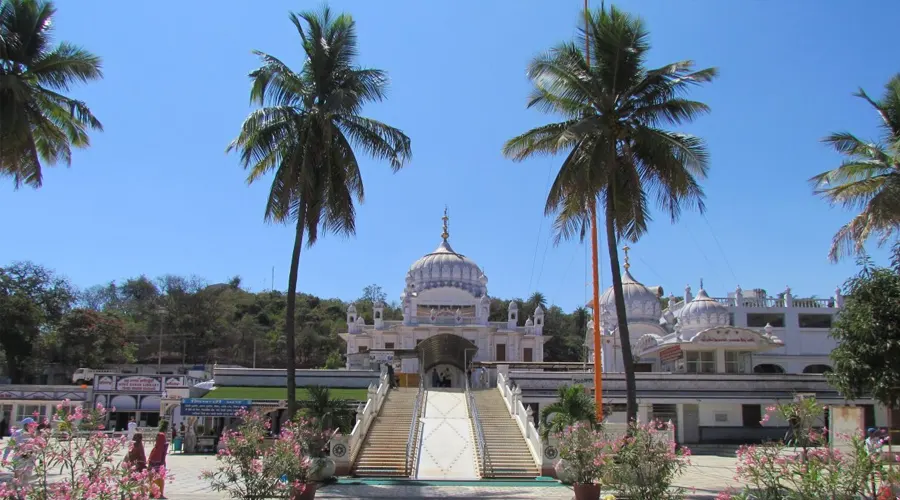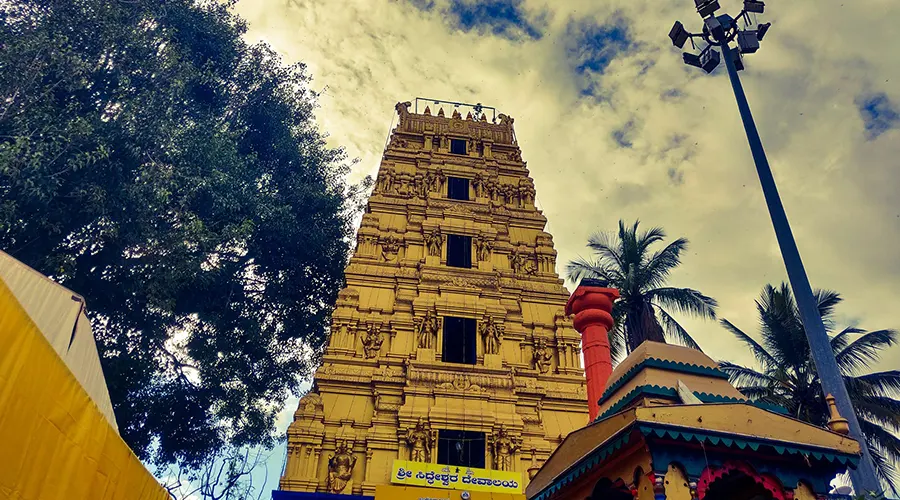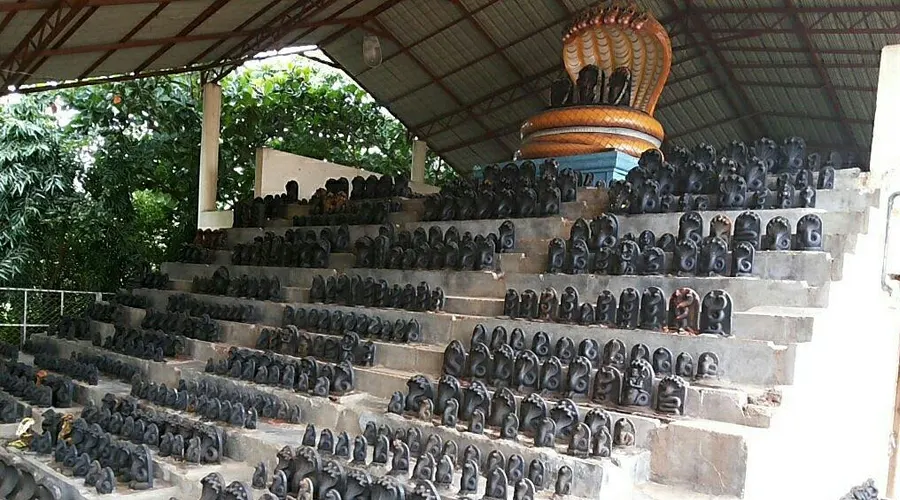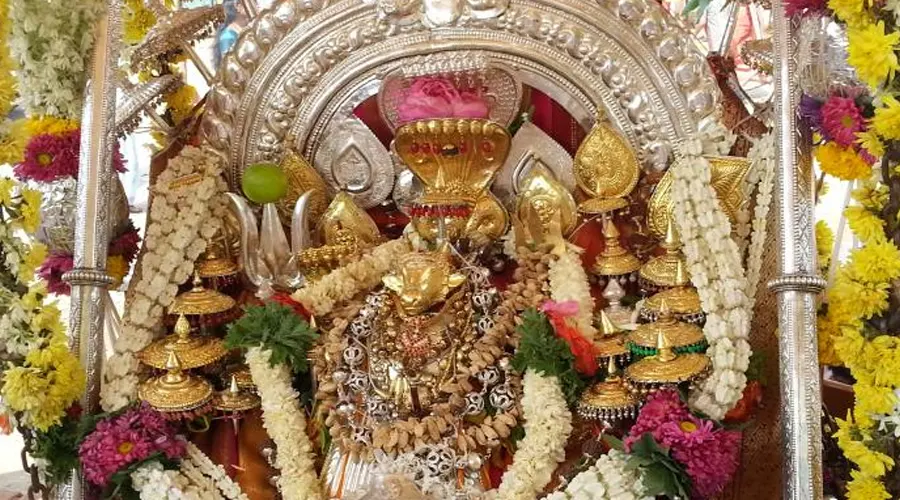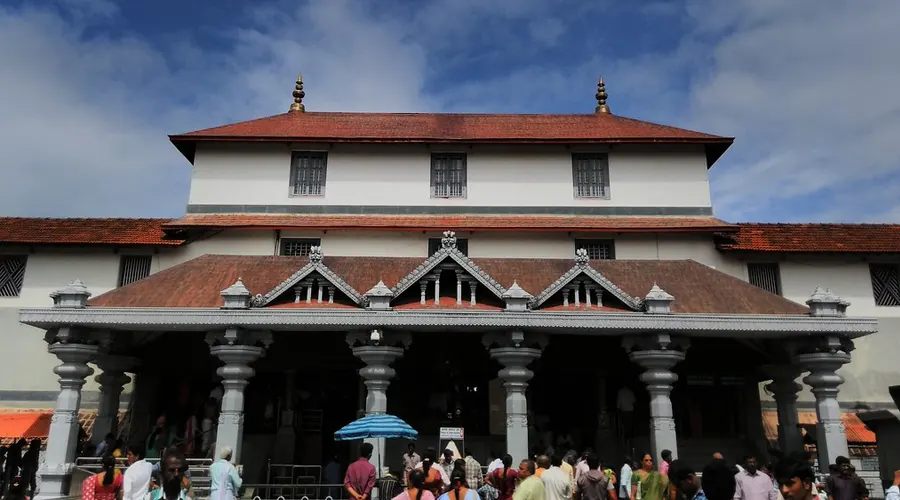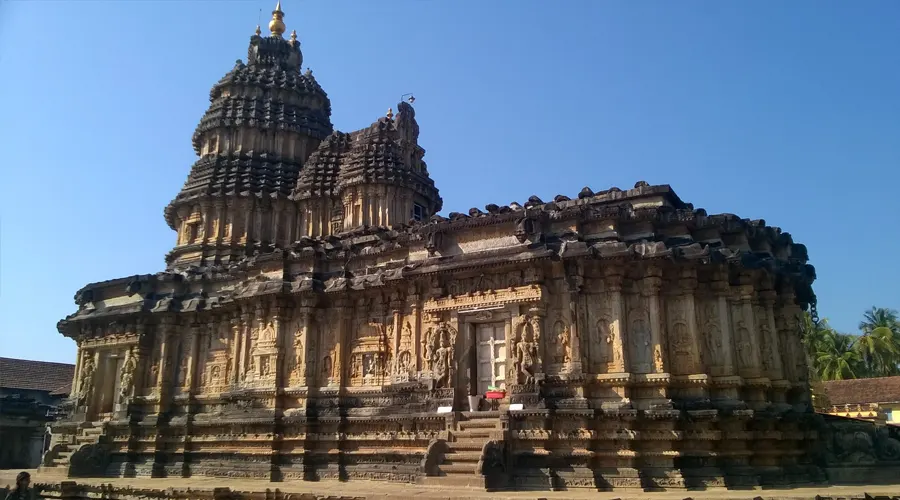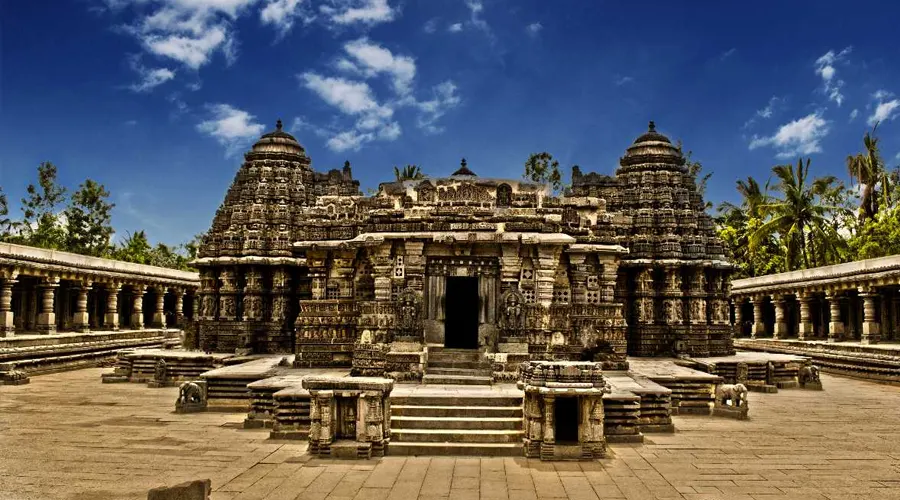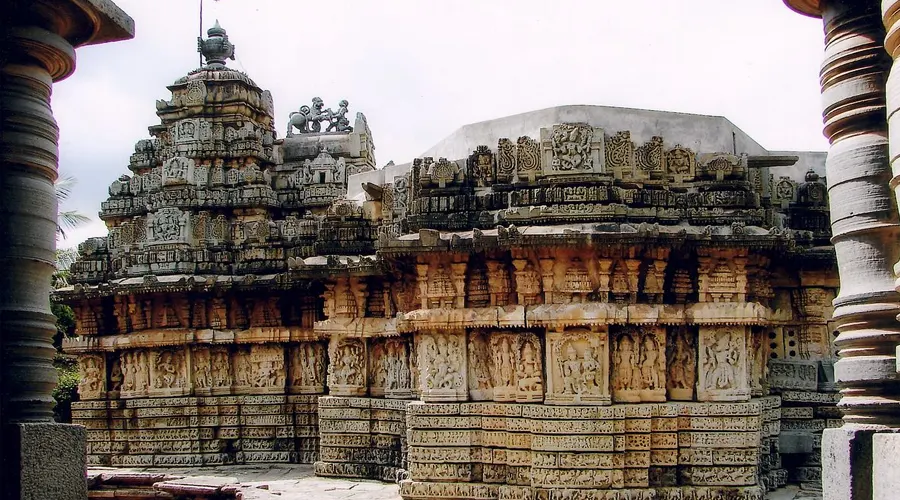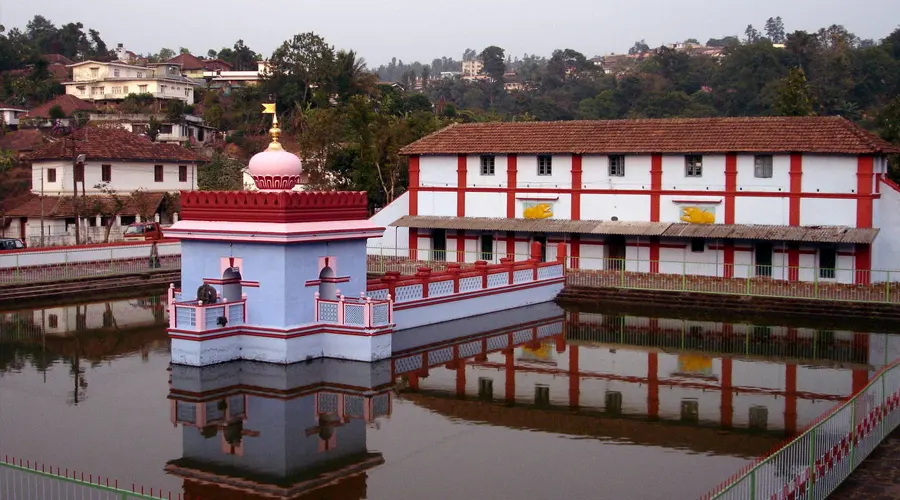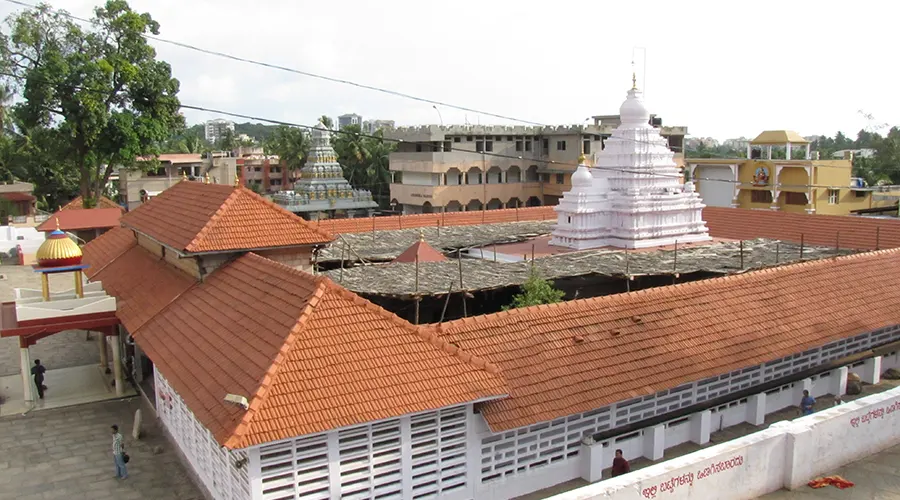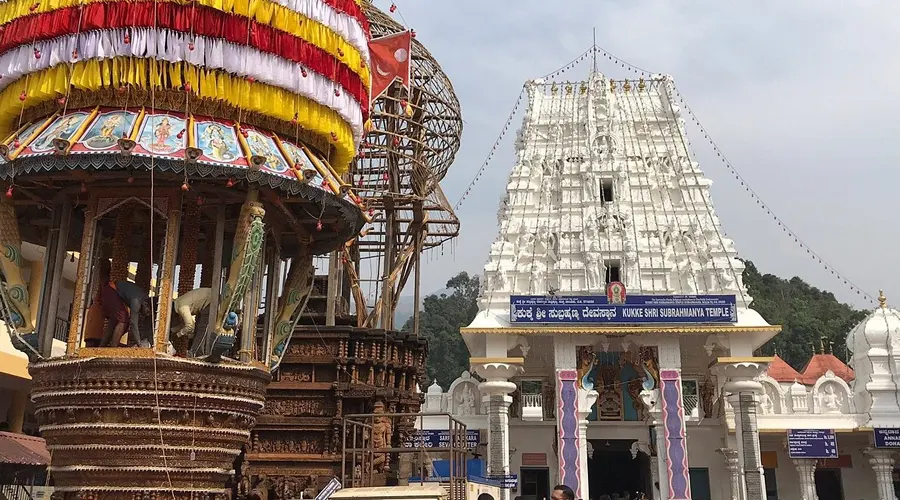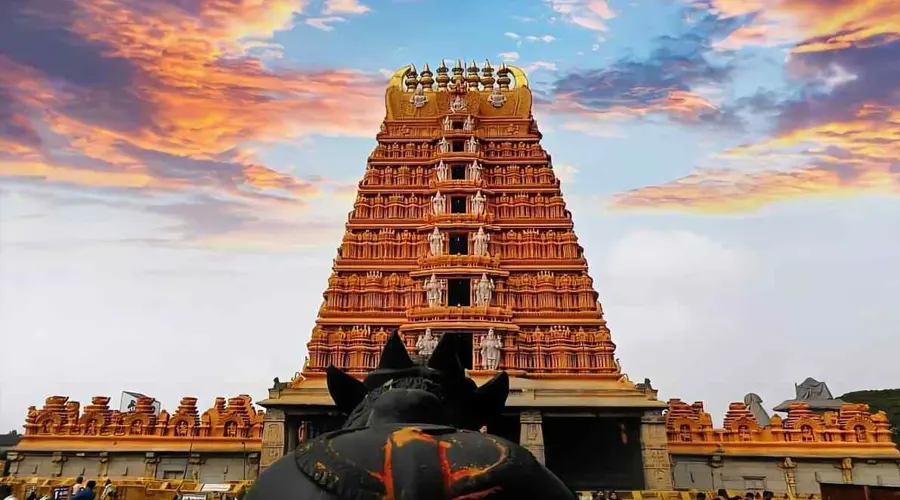Zeenath Baksh Jumma Masjid
Zeenath Baksh Masjid also known as Beliye Palli and “Juma Masjid” is located in the Bunder area in the city of Mangalore. Mangalore has several mosques; however, the mosque surpasses all bases of its pure Indian architecture style. This mosque was constructed in 644 AD. This mosque is of exceptional importance for Muslims as it was established by Arab Muslim Traders, the Kith, and Kin of “Sahabas” of Prophet Mohamed. This mosque portrays the life stories of Prophet Mohamed.
This mosque surpasses all other mosques due to its pure Indian architecture style. It is probably the only mosque in Karnataka made entirely of wood. The main highlight of the mosque is the wooden inner sanctum consisting of 16 pillars made of teak.
The Beliye Pall was inaugurated on Friday the 22nd of the month of Jumadil Avval. Hazarath Moosa Bin Malik, the son of Malik Bin Abdullah was appointed as the first Khazi of this mosque.
History of Zeenath Baksh Jumma Masjid
Arab Muslim Traders have very cordial relations with the local population as well as the Rulers of the Western coastal belt. Arab Traders reached Koranganoor under the able leadership of Hazarath Mohammed Malik Bin Dinar. Raja Cheruman Perumal from Malabar was very happy with Hazarath Mohammed Malik Bin Dinar as he was extremely pious, honest, disciplined behavior and an honest trader. Raja Perumal ensured that the traders had proper accommodation, all necessary facilities, a place where they could trade, and even provided them with land to build their mosques.
Architecture of Zeenath Baksh Jumma Masjid
The mosque portrays the life stories of Prophet Mohamed. This is the only mosque in Karnataka entirely made of wood. the 400-year-old wood carvings still exhibit the veneer of freshness. the main highlight of the mosque is its wooden inner sanctum. The inner sanctum has 16 pillars made of teak. These pillars line the outer boundary of the original mosque. All the pillars are completely decorated with patterns of symbols, bells, and flowers. rosewood and teak have been used to construct the floor, walls, and doors.
In the 17th century Tipu Sultan, King of Mysore undertook the renovation process of this mosque. He not only renovated the mosque but beautified it with exquisite wooden carving. wooden carvings, a rare piece of artwork was adorned with pillars and ceiling of the mosque. During the latter half of the 18th century, Tipu Sultan named this mosque Zeenath Baksh, after his daughter.

